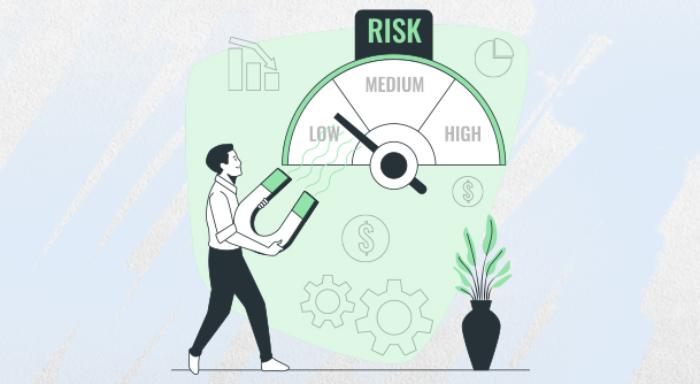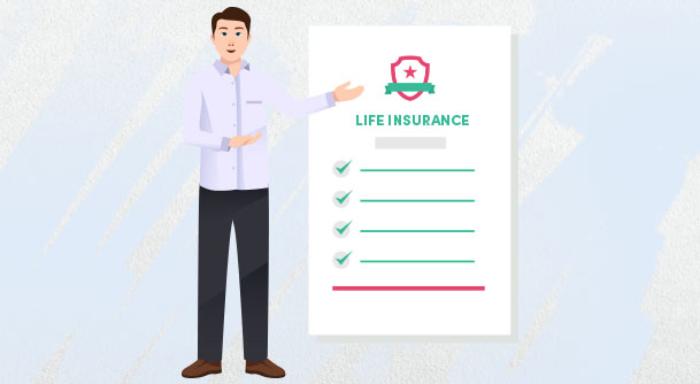A Guide to the Income Tax Slabs for Women in India
Blog Title
2085 |
9/28/24 4:30 AM |
Women play an increasingly important role in today’s workforce. This also means that more and more women are contributing to the nation’s development by paying taxes. As a woman in the workforce, it is essential to understand how income tax rules apply to you.
Are Income Tax Slabs Different for Women and Men?
A common question is whether women have different income tax slabs compared to men. The answer is no; men and women are treated the same under the current tax laws. All taxpayers are treated equally, irrespective of their gender, under the equality principle.
If you're a woman who wants to learn how income tax slabs work, here is a short and simple guide for you. Besides discussing the tax slabs, we will also discuss what is the tax exemption limit for females in India. This will help you make smart financial decisions and plan better for your future.
Understanding Income Tax Slabs in India
The income tax slab in India depends on crucial factors such as the income and age of the taxpayer. It is classified into three categories:
Individuals below 60 years of age
Senior citizens: Individuals between 60 to 80 years of age
Super senior citizens: Individuals over 80 years of age
Additionally, you should also know that there are two tax regimes in India. The old tax regime was the original tax regime, while the new tax regime was a new system introduced in 2020. Here we have share details about the old as well as the new tax regime.
Old Tax Regime Income Tax Slabs
Age |
Income |
Tax |
Individuals Below 60 Years of Age |
Up to ₹2,50,000
|
Nil |
₹2,50,001 to ₹5,00,000 |
5% |
|
₹5,00,001 to ₹10,00,000 |
20% |
|
Above ₹10,00,000 |
30% |
|
Senior Citizens (60 to 80 Years of Age) |
Up to ₹3,00,000
|
Nil |
₹3,00,001 to ₹5,00,000 |
5% |
|
₹5,00,001 to ₹10,00,000 |
20% |
|
Above ₹10,00,000 |
30% |
|
Super Senior Citizens (Above 80 Years of Age) |
Up to ₹5,00,000 |
Nil |
|
₹5,00,001 to ₹10,00,000 |
20% |
|
Above ₹10,00,000 |
30% |
New Tax Regime Income Tax Slabs
The new tax regime, introduced to simplify tax calculations, applies uniform tax rates across all age groups. Here is the structure:
Income |
Tax |
Up to ₹ 3,00,000 |
No Tax |
₹ 3,00,001 to ₹ 6,00,000 |
5% |
₹ 6,00,001 to ₹ 9,00,000 |
10% |
₹ 9,00,001 to ₹ 12,00,000 |
15% |
₹ 12,00,001 to ₹ 15,00,000 |
20% |
Above ₹ 15,00,000 |
30% |
Additional Surcharge Rates:
For higher income levels, a surcharge is applied:
10% of Income Tax for income above ₹ 50 lakh and up to ₹ 1 crore.
15% of Income Tax for income above ₹ 1 crore and up to ₹ 2 crore.
25% of Income Tax for income above ₹ 2 crore and up to ₹ 5 crore.
37% of Income Tax for income above ₹ 5 crore
Note: In the new tax regime, the highest surcharge rate is reduced to 25% for incomes above ₹ 5 crore.
Income Tax Rebate for Women
Women taxpayers, like their male counterparts, can claim a rebate under Section 87A. In the old tax regime, this rebate is up to 100% of the income tax payable or ₹12,500, whichever is less, if the total income does not exceed ₹5,00,000/year. Under the new tax regime, the rebate amount has been increased.
Taxpayers can claim a rebate of up to 100% of the income tax payable or ₹25,000, whichever is less, if their total income does not exceed ₹7,00,000/year. This adjustment makes the new regime more attractive for those with income up to this threshold.
Benefits and Exemptions for Women Taxpayers in India
Taxpayers can utilise various deductions under different sections to reduce their tax liability under the Income Tax Act, 1961:
Section 80C:
Deduction up to ₹1.5 lakh for investments in various savings instruments like Public Provident Fund (PPF), National Savings Certificate (NSC), life insurance premiums, and more.
Section 80CCC:
Deduction for contributions to annuity plans of insurance companies, which provide a pension or a periodic return.
Section 80CCD(1):
Deduction for an employee’s contribution to the National Pension Scheme (NPS) or Atal Pension Yojana, up to ₹1.5 lakh.
Section 80CCD(1B):
An additional deduction of ₹50,000 is available for contributions to the National Pension Scheme (NPS).
Section 80D:
Deduction for premiums paid for medical insurance for self, spouse, children, and parents. The limit varies depending on the age of the insured.
Section 80DD:
Deduction for expenses incurred for the maintenance, including medical treatment of a dependent who is disabled. This applies to dependents who are differently abled.
Section 80DDB:
Deduction for medical expenses incurred on the treatment of specified diseases or ailments for self or dependents.
Section 80TTA:
Deduction up to ₹10,000 for interest earned from savings accounts with banks, post offices, or co-operative societies.
Section 80TTB:
Deduction up to ₹50,000 for interest income for senior citizens, applicable to deposits with banks, post offices, or co-operative banks.
Section 80U:
Deduction for individuals who have a disability. The amount of deduction depends on the extent of the disability.
Section 80E:
Deduction for the interest paid on education loans taken for higher education for self, spouse, children, or a student for whom the individual is a legal guardian.
Section 80EE:
Deduction for interest on home loans taken by first-time homebuyers, subject to specific conditions.
Section 80EEA:
Deduction for interest on loans taken for affordable housing, available under specific conditions.
Section 80EEB:
Deduction for interest on loans taken for the purchase of electric vehicles.
Section 80G:
Deduction for donations made to certain charitable funds, institutions, and relief funds. The extent of deduction varies based on the organisation and amount donated.
Section 80GG:
Deduction for rent paid by individuals who do not receive House Rent Allowance (HRA) from their employer.
Section 80GGA:
Deduction for donations made towards scientific research or rural development projects.
Section 80GGC:
Deduction for contributions made to political parties. The contributions should be made by any means other than cash to qualify for this deduction.
Income Tax Exemptions as per New Tax Regime
Transport Allowance for Differently Abled Individuals: Those who are differently abled can claim a transport allowance to cover their travel expenses. This helps cover the cost of commuting to work.
Travel Allowance for Work-Related Travel: Compensation received to cover the expenses incurred for official tours or transfers is exempt from tax. It makes work-related travel more affordable.
Conveyance Allowance: Conveyance allowance covers the costs of commuting between home and office. This allowance is exempt from tax and helps offset the expense of daily travel.
Leave Encashment: Upon retirement, you can claim tax exemption on leave encashment up to ₹25 lakh under Section 10(10AA). This provides financial relief and encourages employees to saving up their leaves for a monetary benefit upon retirement.
Tax Exemption on Gifts: Gifts received, up to a value of ₹5,000, are exempt from tax. This includes gifts from employers or other sources, promoting small-scale personal and professional gifting.
Deduction for Additional Employee Cost (Section 80JJA): For those who run a business, hiring additional employees may lead to tax deductions. This provision encourages job creation and supports women entrepreneurs by reducing their taxable income.
Endnote
Financial planning is crucial for securing your future. Women need to utilise all the available tax deductions and exemptions to optimise their savings. Edelweiss Life Insurance offers various life insurance plans that are eligible for various tax benefits. Life insurance plans not only secure your loved ones, but also help you reduce your overall taxable income. Explore our range of policies to find one that suits your financial needs. Start building a secure future today!





